Born on November 15, 1891 in Heidenheim (Württemberg) Erwin Rommel grew up as the second of 4 children. After attending the Realgymnasium in Schwäbisch Gmünd, Rommel joined the army as a flag junior in 1910. He served in the infantry regiment No. 124 in Weingarten (Württemberg). In 1912 he was promoted to lieutenant.
Erwin Rommel (1891 to 1944)
BackThe Desert Fox
Erwin Rommel grew up as second of 4 children. After attending the Realgymnasium he joined the army and became with the begin of the war platoon leader. He had a had a love affair with Walburga Stemmer and fathered her daughter Gertrud. He never married her and she later committed suicide when she became aware the Erwin would never come back to her. Rommel married 1916 Lucie Maria Mollin (1894-1971), whom he had met in 1911 in Danzig.
In the first world war he fought with great bravery and was successful at the western front, in Romania and Italy. In fact he was wounded several times and received many orders. For instance: Once Rommel and only 150 own soldiers capturead a whole Italian infantery division with 10’00 men. For that action he received the order Pour le Mérite.
After the war he stayed with army as professional and endorsed the new regime of the NSDAP. He hoped for the removal of the Versailles Treaties which was a humiliation of Germany. Erwin Rommel publishes 1937 the book “Infantry attacks” which sold 400,000 copies. Erwin Rommel got promoted to Major General in 1939 and chief of the Führer's headquarters.
As the war against France in 1940 began, Rommel took part as commander of the 7th Panzer Division. Again, he was very brave and often seen close at the front lines. With his division he broke through the French lines and reached the Atlantic. Since he was so fast his division was named the "Ghost Division". Because of his great success Rommel advanced to a favourite of Hitler. Not all other officers did like that and therefore he had to cope with internal opponents.
In 1941 Germany supported Italy in Africa and Erwin Rommel was sent as commander of the Africa Korps to fight the Allies. He could push back to British troops to El Alamein (Egypt). However due to shortage of supplies and the landing of the Americans in Africa he had to retreat. In March 1943 Erwin Rommel left North Africa and in May the German and Italian troops surrendered.
He was then ordered to Italy and became commander in the northern part. In November 1943 Erwin Rommel was ordered to build up the defence against an expected landing of the Allies in France. On June 6, the invasion of Normandy by the Allies took place. Rommel on short holiday rushed back to France but it was too late. He soon realised that against the overwhelming might of the Allies he could do little. He realised the war is lost and expressed that to Hitler.
In the aftermath of the assassination attempt his name was mentioned of being involved. He was then ordered to the High Command of the Wehrmacht (OKW). However he refused to attend and therefore his fate was sealed. He was forced to committ suicide or appear on the Volksgerichthof. He choosed to commit suicide and received a state funeral that would preserve the face of the Nazi regime. After all, he was celebrated as a hero in the propaganda until then. In the history of the German military, Rommel was an exceptional commander.
Failed relationship with consequence (1912)
Erwin Rommel had a love affair with Walburga Stemmer and fathered her daughter Gertrud. The relationship broke up and 16 years later Walburga died probably by suicide.
Soldier in WW1 and Marriage (1914)
Erwin Rommel takes part in the First World War as a platoon leader. First in Belgium then at Verdun. In September he is wounded at the hip and receives the Iron Cross II class.
Already in 1915 he became company commander and is wounded again. Because of special bravery he received the Iron Cross I. Class.
In 1916 Rommel married Lucie Maria Mollin (1894-1971), whom he had met in 1911 during a war school course in Danzig. The marriage produced a son. Lucie Maria Mollin was the niece of the Polish priest Edmund Roszczynialski, who was arrested by the Gestapo in 1939 and shot in November 1939.
1917 Relocation to the Italian Isonzo Front and award of the Order Pour le Mérite.
1918 He served as an officer in the staff of a general command on the Western Front.
After the war and before Hitler came to power (1919)
Erwin Rommel joined the army after the war, which according to the Versailles treaties was only allowed to comprise 100,000 men. He served there as chief of a machine gun company and became an instructor at the Desdner Infanterieschule.
"Infanterie greift an" his book about tactics (1937)
Erwin Rommel publishes the book "Infanterie greift an" (Infantry attacks). It sold 400,000 copies by the end of World War II.
In the book Rommel describes battles he participated during the First World War, first as a flag-junior officer of the infantry regiment "König Wilhelm I" and later as company commander in the Württemberg Mountain Battalion.
I. Movement war 1914 in Belgium and Northern France
II. battles in the Argonne 1915
III. trench warfare in the High Vosges 1916, movement warfare in Romania 1916/1917
IV. Fights in the Southeast Carpathians, August 1917
V. Battle of Tolmein 1917
VI. persecution via Tagliamento and Piave
After each major battle Rommel wrote a report and drew maps and pictures. Erwin Rommel planned to write a second report about his combat experience as a general field marshal during the African campaign. His suicide in 1944 prevented the completion of this work.
Rommels "Ghost division" (1940)
Erwin Rommel got promoted to Major General in 1939 and headed the Führer's headquarters.
When the French campaign began, Rommel took part as commander of the 7th Panzer Division. He led the division with great bravery and was often to be found where the front was. With it he broke through the extended Maginot Line near Maubeuge and was able to advance to the coast. With his quick breakthrough he surprised not only the French, but also his own commanders, who did not always know where his division was. They were not always appreciated by his advance, as there was a danger that the French could attack and cut off the division from the flank.The French called the army group "Ghost Division".
Rommel the Desert Fox (1941)
Due to his great success in France Rommel advanced to a favourite of Hitler and he was promoted to lieutenant general. He became commander of the German Afrika Korps. With this campaign Hitler wanted to support the Italians, who were not very successful in Africa. With an offensive in spring against the British troops Erwin Rommel succeeded in recapturing the Cyrenaica (Libya). However, he had to withdraw again in November.
In 1942 he succeeded in reconquering the Cyrenaica area. In May the great summer offensive of the Axis powers began and culminated in the conquest of Tobruk. Hitler then appointed Erwin Rommel as Field Marshal General. This caused envy among other high military officers such as Wilhelm Keitel and Alfred Jodel. In Augst he advanced El Alamein (Egypt). In September he returned to Germany for a convalescent leave and was celebrated by propaganda as a war hero.
Surrender of German and Italian troops in Africa (1943)
In October 1942 a British offensive began near El Alamein. Rommel had to retreat. Operation Torch landed US troops in North Africa. This sealed the fate of the German troops. In March Erwin Rommel left North Africa and in May the German and Italian units capitulated. After the allied landing in Sicily in June, Rommel received command of Army Group B.
In August Benito Mussolini was overthrown and arrested on the orders of King Victor Emanuel III. Thereupon Rommel occupied Italy with his Army Group and kept the supreme command in Northern Italy. Albert Kesselring commanded the German troops in southern Italy.
Defeated in Normandie and death by suicide (1944)
November 1943: Rommel was ordered to build up the defence measures on the French Atlantic coast and was directly responsible to Hitler. He ordered the construction of strong fortifications. With great tactical creativity he strengthened the Atlantic Wall with, among other things, buried tree trunks (called "Rommelspargeln" by the soldiers), some of which were equipped with mines.
In March 1944 Rommel signed a declaration of loyalty to Hitler, like all other field marshals. He considered this unnecessary, since in his opinion the pledge of loyalty was permanent.
On June 6, the invasion of Normandy by the Allies took place. At this time Rommel was on a short holiday with his wife in Southern Germany. He immediately returned to the front. He soon realised that the situation was hopeless and communicated this to Hitler personally. He wrote in a letter dated July 15: "The troops are fighting heroically everywhere, but the unequal struggle is coming to an end. In my opinion it is necessary to draw the [political] conclusions from this situation." His chief of staff, Hans Speidel, who sympathized with the Resistance, convinced Rommel to delete the word "political".
On 17th July Rommel was seriously wounded in a low-flying attack and transferred to the air force hospital Bernay. On August 1, he held a press conference to put an end to rumors in the foreign press about his death. He resigned however his command of the Army Group and went home to recover.
On July 20, an assassination attempt on Adolf Hitler took place. This failed and under torture, the name Erwin Rommel was mentioned by those involved and those who knew him. It is not clear to this day whether he even knew about the planned assassination attempt or whether he even participated. On 7 October he was ordered to answer to the High Command of the Wehrmacht (OKW). However, he refused with reference to his state of health. This sealed his fate and he was faced with a choice: Suicide or the People's Court (Volksgerichthof). In the presence of officers he choosed suicide with the poison capsule.
Embedded Videos
Erwin Rommel - The Desert Fox
Erwin Rommel: The General Who Defied Hitler
Rommel Documentary - Biography of the life of Erwin Rommel - The Desert Fox
Rommel - History Channel Series, Part 1 - The Warrior - Full Episode
Rommel History Part 2
What Really Happened to Rommel (Secrets That Won WWII)
Comments & Conclusions
Erwin Rommel a tragic hero
Erwin Rommel was an officer who earned the respect of friend and foe through his strategic and tactical skills. He fought very bravely and often led his troops close to the front line. As one who was deeply disappointed by the outcome of the First World War, he welcomed the strengthening of Germany under Hitler.
It was obvious that Hitler fascinated him and he was one with many of the dictator's goals. However, he was very apolitical and never a member of the NSDAP. It is difficult to say how far he was aware of the criminal activities of the regime. For example, he once asked Hitler, somewhat naively, whether a Jewish Gauleiter could not be appointed for image reasons. Erwin Rommel was never on the Eastern Front in his war missions, where the major crimes took place.
After the defeat in Africa and the landing of the Allies in France, it was clear to him that the war was lost. He would have liked to make peace with the Allies and to continue fighting in the East against the Soviet Union. This was also the reason why he turned away from Hitler. It was obviously not clear to him that there was no way to drive a wedge between the Western Allies and the Soviets.
After the Second World War Erwin Rommel was evaluated positively by the majority and with the advent of the Cold War he was portrayed as an exemplary German soldier.
Simultaneous events, periods or persons of Erwin Rommel
| Persons/Events/Periods | Subcategory | From | To | Reason of importance |
|---|

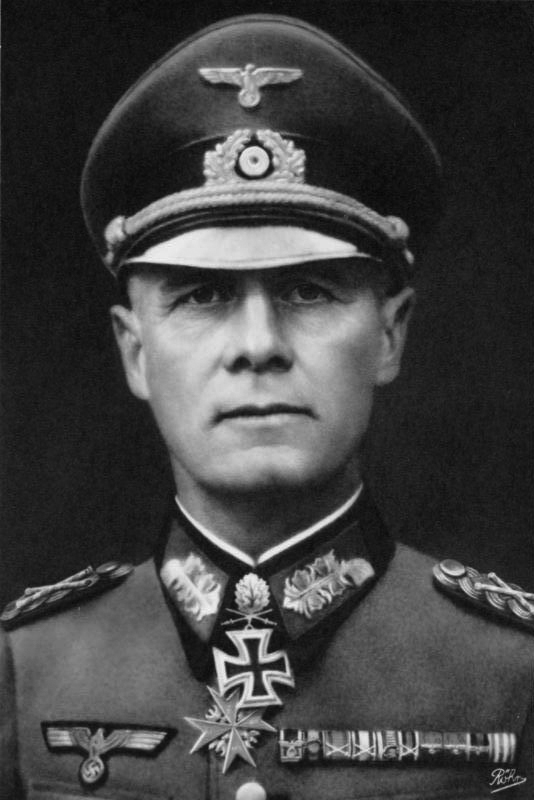

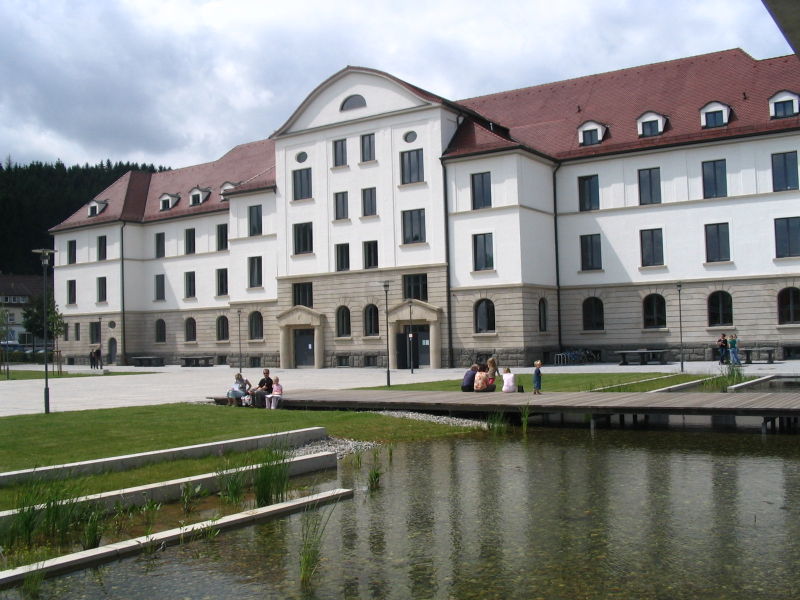
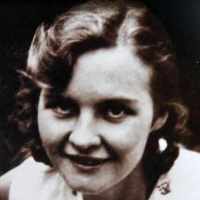

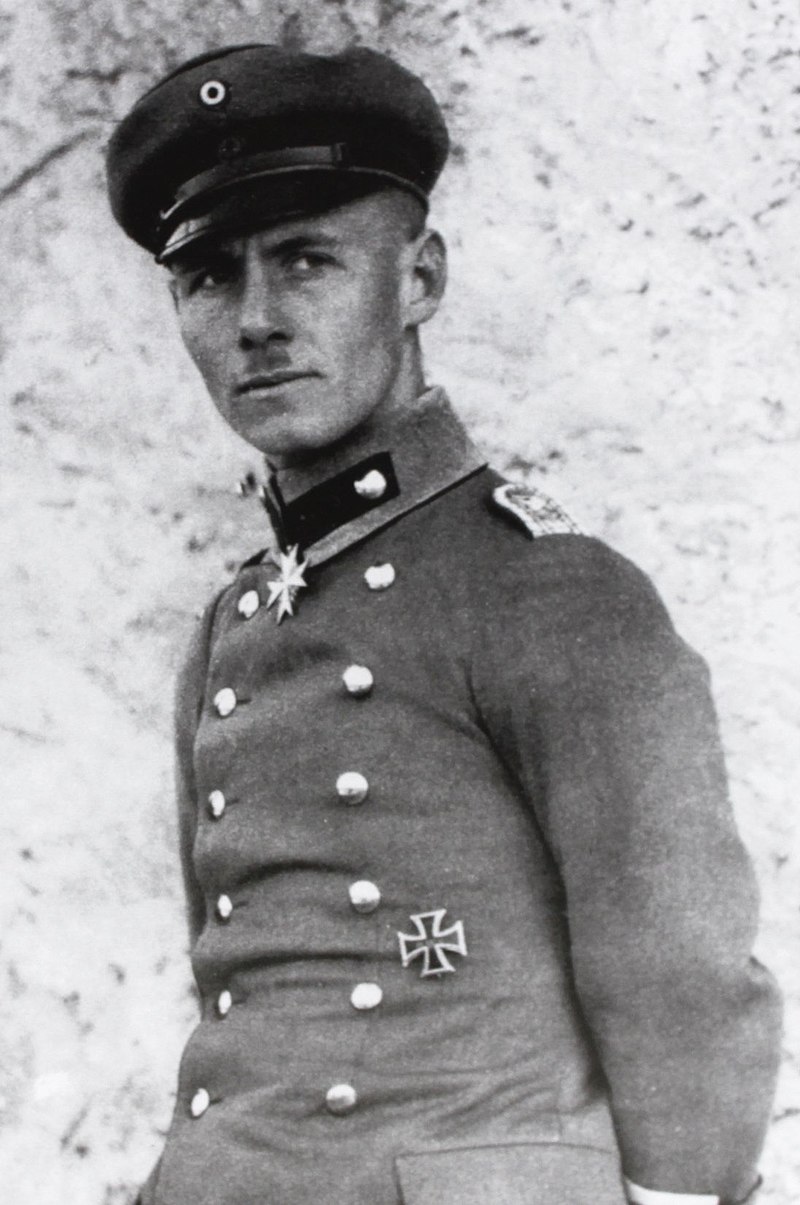
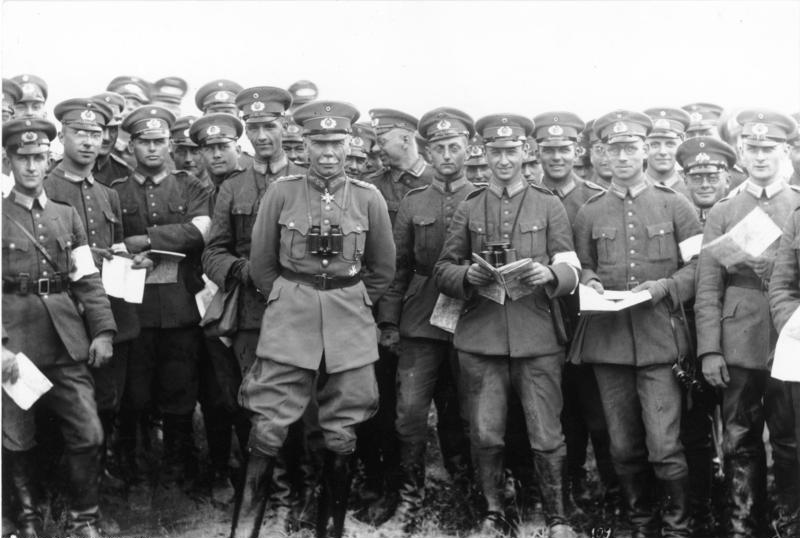
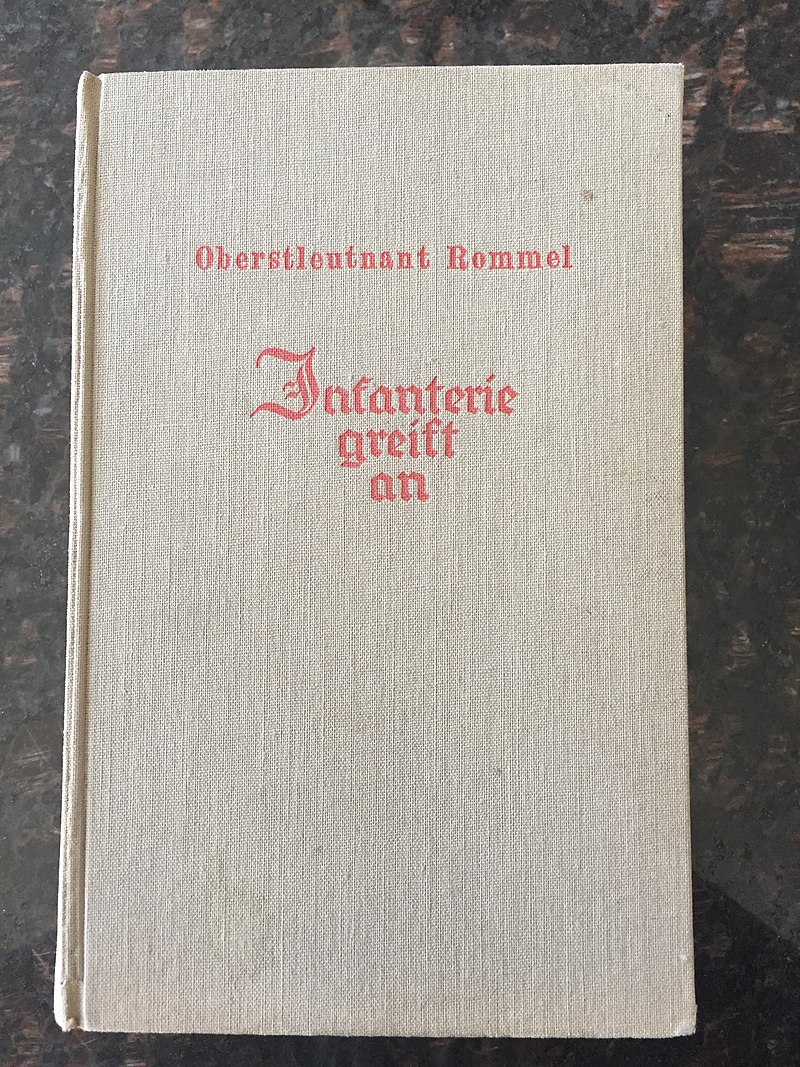
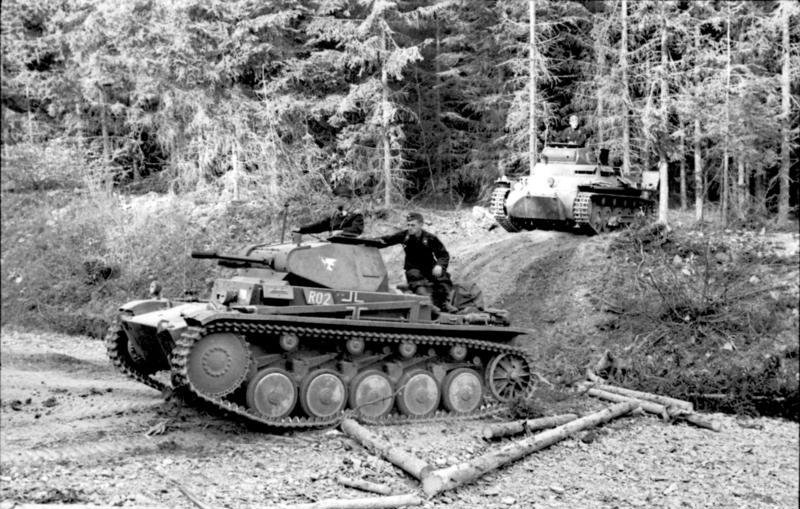
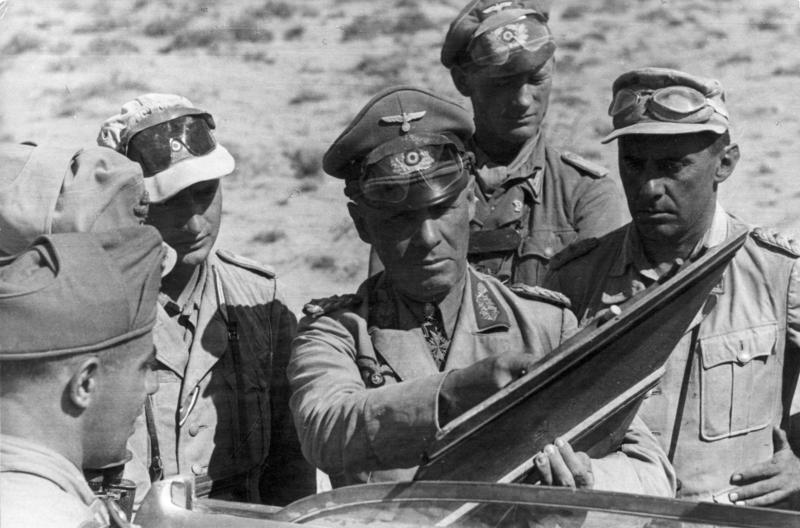
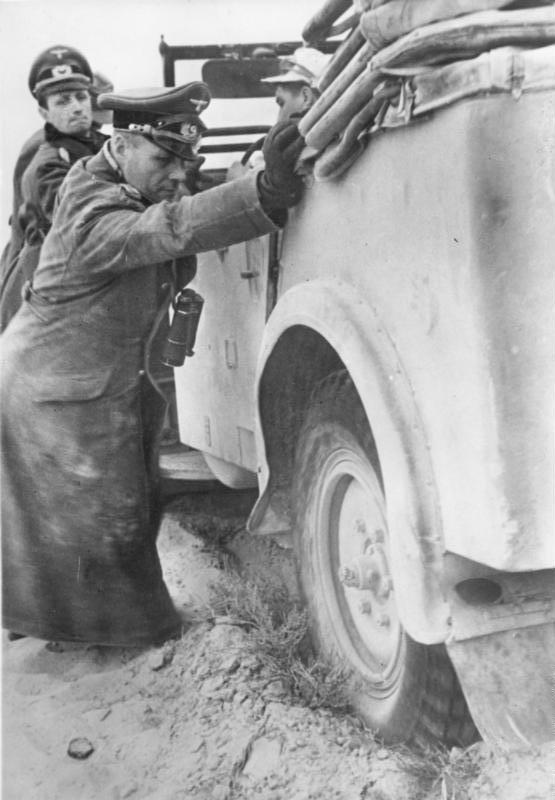
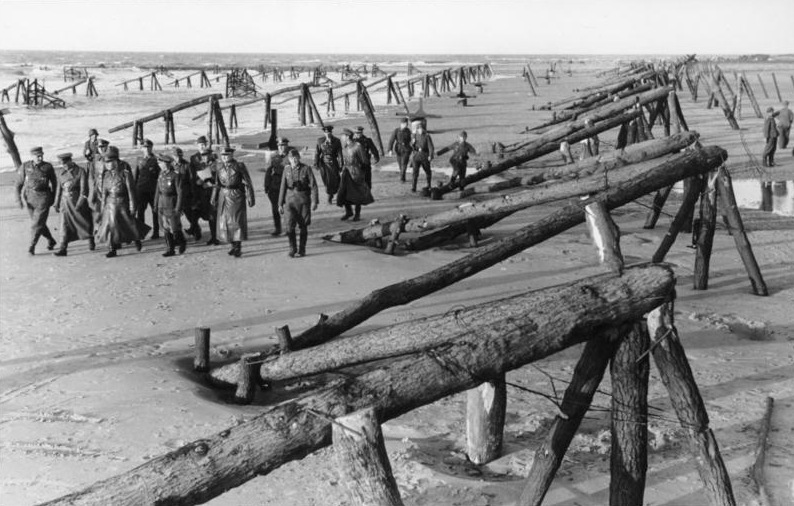

Comments
Links